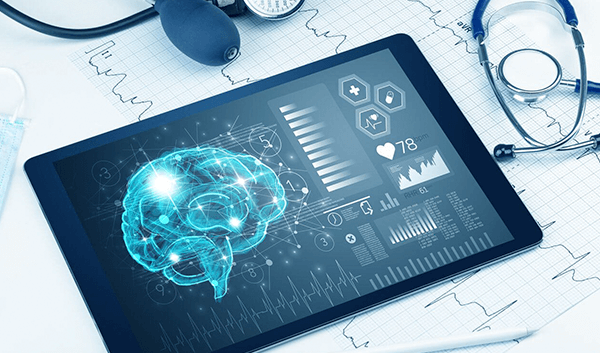Below is the timeline of a few important milestones in Digital Healthcare to date:
1897-1980
Telemedicine, which is now mainstream treatment in healthcare, dates to 1897. Adam Darkins and Margaret Cary’s book “Telemedicine and Telehealth: Principles, Policies, Performances and Pitfalls” mentions the first reported use of telemedicine on a young child with croup illness. However, the subsequent use of telemedicine for diagnosis was reported after nine decades post-1987, during the Antarctica expeditions and space missions.
Similarly, during the mid-1960s, Lockheed developed an electronic clinical information system that laid the foundation for Electronic Health Records (EHR). By the 1980s, hospital administrative efforts were made to use EHR among medical practices.
1990-1999
As the world entered from the 80s to 90s, digital health met its golden period. Polygraph lie-detector test was invented in 1921. It was the first machine to include sensors that measured Galvanic Skin Response (GSR), pulse rate and blood pressure. The technology used back then is now commonly found in fitness trackers. In 1938, the first wearable hearing aid was developed. Healthcare delivery through digital communication showed potential to upgrade the relationship between patients and healthcare providers. Many professional associations appeared in the USA and across the globe. A few examples include the International Medical Informatics Association, the American Telemedicine Association, and the European Health Telematics Association.
Significant technological advances during 1950-1999 lead to the invention of ultrasound imaging techniques, artificial organs, and DNA sequencing. These techniques laid the following founding base on using technology in medicine for patient benefit.
2000-2015
2003 witnessed the world’s first fully digital pacemaker where a physician can download patient information in just 18 seconds. To enhance the experience during physical exercise, Nike and iPod launched a fitness tracking wireless system in 2006. Physician Tom Ferguson invented the word “e-patient” and wrote the first white paper on the concept of e-patient in 2007. The physician created a website epatient.net and wrote blogs. The primary intention behind e-patient is to make patients aware of using the internet to socialize, stay well-informed, and take healthcare into their own hands.
Similarly, in 2010, Health keynote speaker Engelen started the #PatientsIncludedmovement. The movement’s goal is to empower the patient to be the caretaker of their health and increase patient literacy. Delocalization of healthcare (Telemedicine) using technological developments is also the goal of #PatientsIncludedmovement.
In 2014, the British Medical Journal created the Patient Panel to take patient and public partnership to the next level of scientific research publication. The journal realized that affordable, safe, quality, and effective healthcare could be possible if patient perspectives were also given importance. Thus, BMJ brought the following changes:
- Calling on authors to involve them in the production of their papers
- Requesting authors of research papers to highlight how they involved patients in designing the research question.
- Also included papers reviewed by patients in their standard peer-review process.
2017-2019
In 2017, USFDA launched the Digital Health Unit to expand the opportunities for digital health tools to become part of general healthcare. The American Medical Association in 2018 published its Artificial Intelligence Policy. The goal was to get doctors involved in the development of healthcare A.I. It also stressed patient and physician education on the potentials and limitations of A.I.
2020
“Innovations in Digital Healthcare during COVID-19 Pandemic”
During the COVID-19 pandemic, Telehealth saw massive growth. Online Services like COVID test from the comfort of your home, booking an appointment with a consultant physician, with pathology labs to collect blood, urine, or other samples as directed by the physician, and ordering medicine from a pharmacy shop et al. have increased dramatically. Virtual healthcare became the new norm. Artificial Intelligence-based diagnostic testing and over-the-counter tests for accurate and fast diagnosis of COVID-19 also came into the picture.
Apart from this, here are a few innovations that we witnessed during the COVID-19 pandemic in terms of digital health:
- Artificial Intelligence (AI) designed 3D-printed swabs
- Ultra-wideband (UWB) technology to monitor social distancing
- Light signal processing technology to detect COVID-19 via smartphone



